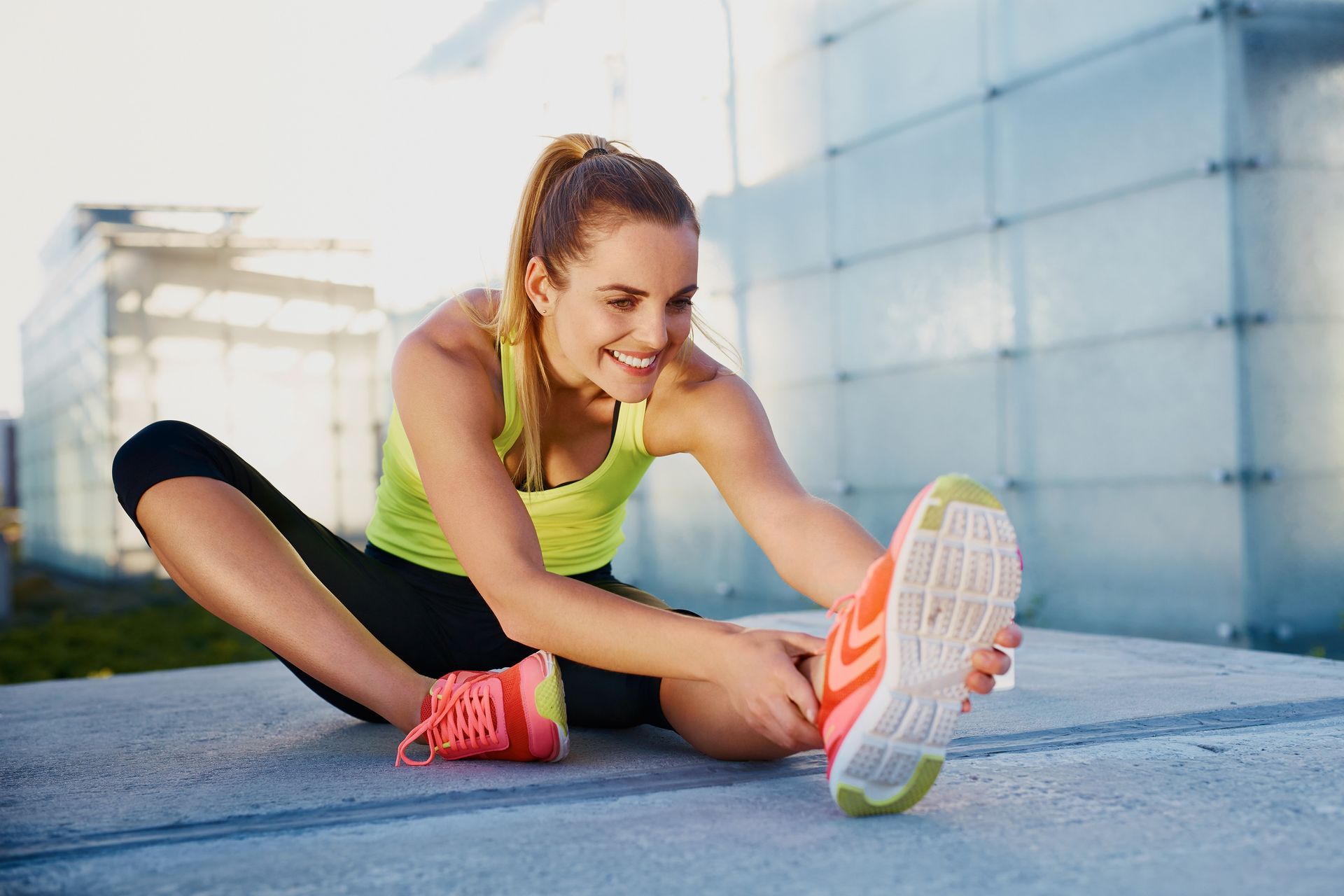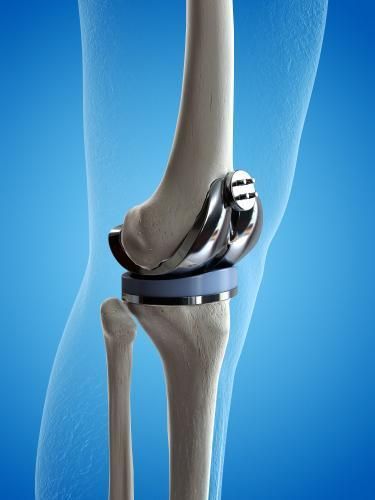Pain in my lower back!
Does your spine look like the picture on the left or does it look more like the one on the right?
As Exercise Physiologists, we often see all sorts of presentations of the spine and in this blog, we will be covering a condition known as ‘lordosis’. More specifically, we will be focusing on the lower or ‘lumbar’ aspect of the spine, which is where we see this condition commonly.
What is Lordosis?
Normally, the spine is naturally curved forward a little bit which helps with shock absorption and supports optimum posture but in lordosis there is an inward exaggeration of the spinal curve which can be felt on the outside as a deep dip in the lower back.
Who does it affect?
Simply put, anyone of any age group can develop lordosis and it is most seen in people who are pregnant, as a hereditary condition in children and adults with obesity or reduced bone density are at a higher risk of development of this condition.
What is the cause?
A common cause for lordosis includes poor posture as a result of weak core muscles and muscular imbalances which can be attributed to the modern-day lifestyle where we are sitting more than ever. Other causes include conditions such as osteoporosis, spondylolisthesis, kyphosis and as previously mentioned, obesity.
What are the symptoms?
An obvious symptom of lordosis is lower back pain. As you can see in the photos above, there is a higher risk of complication involving entrapment of a nerve when there is excessive spinal curvature leading to increased compression of the spinal vertebrae. Although sometimes lordosis can be asymptomatic and a person can go about their daily lives without too much of an issue, in more serious cases, those affected can potentially experience lumbar radiculopathy or sciatica, where there is compression of the exiting lumbar nerve roots and lead to symptoms which can be described as burning, tingling, radiating pain, paraesthesia and numbness in one or more uncommonly, both legs.
How is it treated by an Exercise Physiologist?
As they say, prevention is better than cure and to reduce the risk of potential future development of lordosis, maintenance of a healthy weight and engaging in core-strengthening exercises will assist with reducing the pressure placed on the spine as well as maintaining proper posture. However, if you are somebody who is already experiencing back pain as a result of lordosis, it is never too late to engage in physical therapy to improve pain-free range of movement, flexibility and mobility of the spine. Posture can also be improved significantly with strengthening of the appropriate musculature in the trunk, hips and lower limbs and addressing compensatory patterns that may have developed over time.
For example, when a person spends a significant amount of time in a seated position, the muscles in the lower or lumbar aspect of the back can become excessively tight from trying to support and stabilise the spine. Additionally, muscle groups such as the hamstrings, glutes and abdominals become weak and inhibited, contributing to poor biomechanics.
Physical therapy has been proven to be highly effective by taking a conservative approach to manage symptoms and improve function. With adherence to an appropriate rehabilitation programme an injured worker will have a higher chance of returning to work as well as a return to normal activities.
Chris Chen
Workers Compensation Specialist ‑ Innovation Team Leader (AEP, ESSAM)
Exercise Rehabilitation Services ‑ WA




